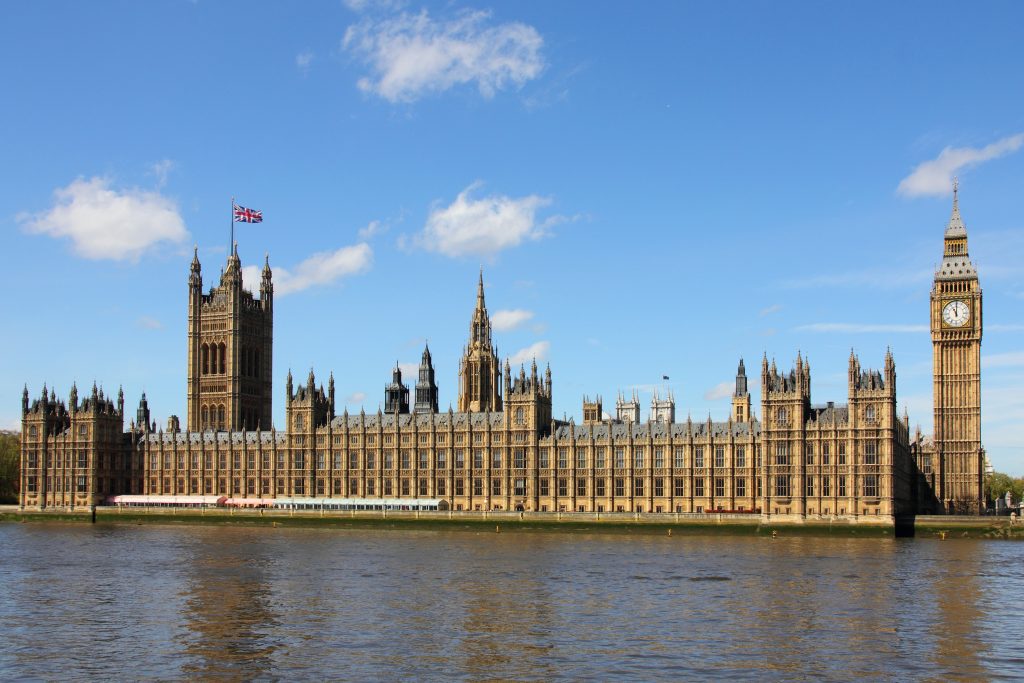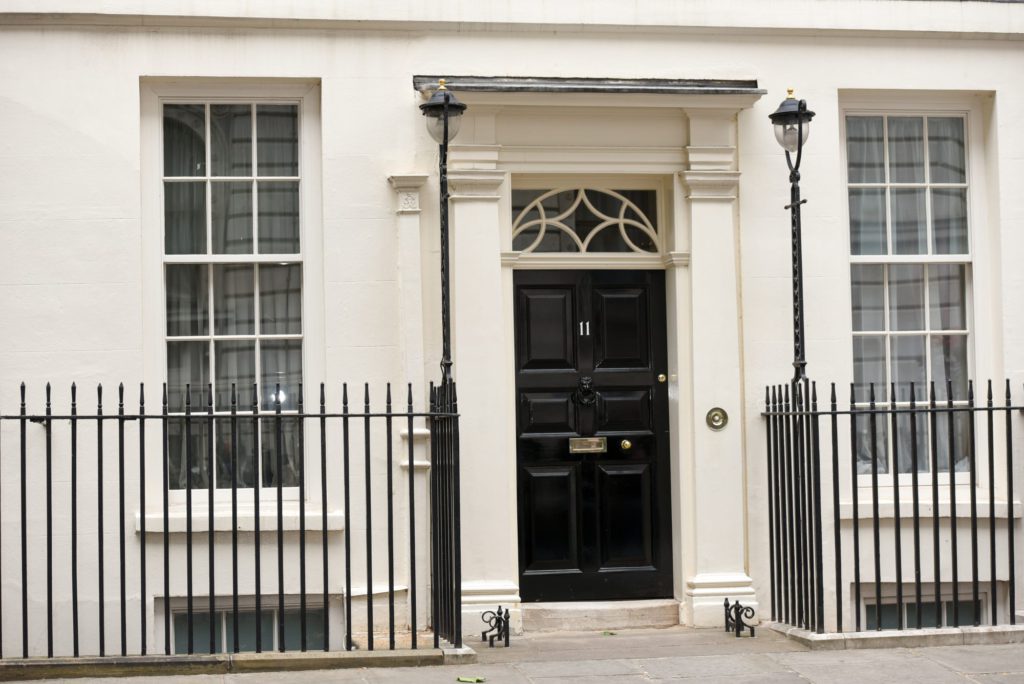
The Spring Statement
In the Autumn Budget, Rachel Reeves promised that there would only be one fiscal event each year with no other significant tax changes coming more frequently. So would the Spring Statement offer any surprises? In her Spring Statement on 26th March 2025 the Chancellor Rachel Reeves repeatedly mentioned how the world changes rapidly: economic and […]



